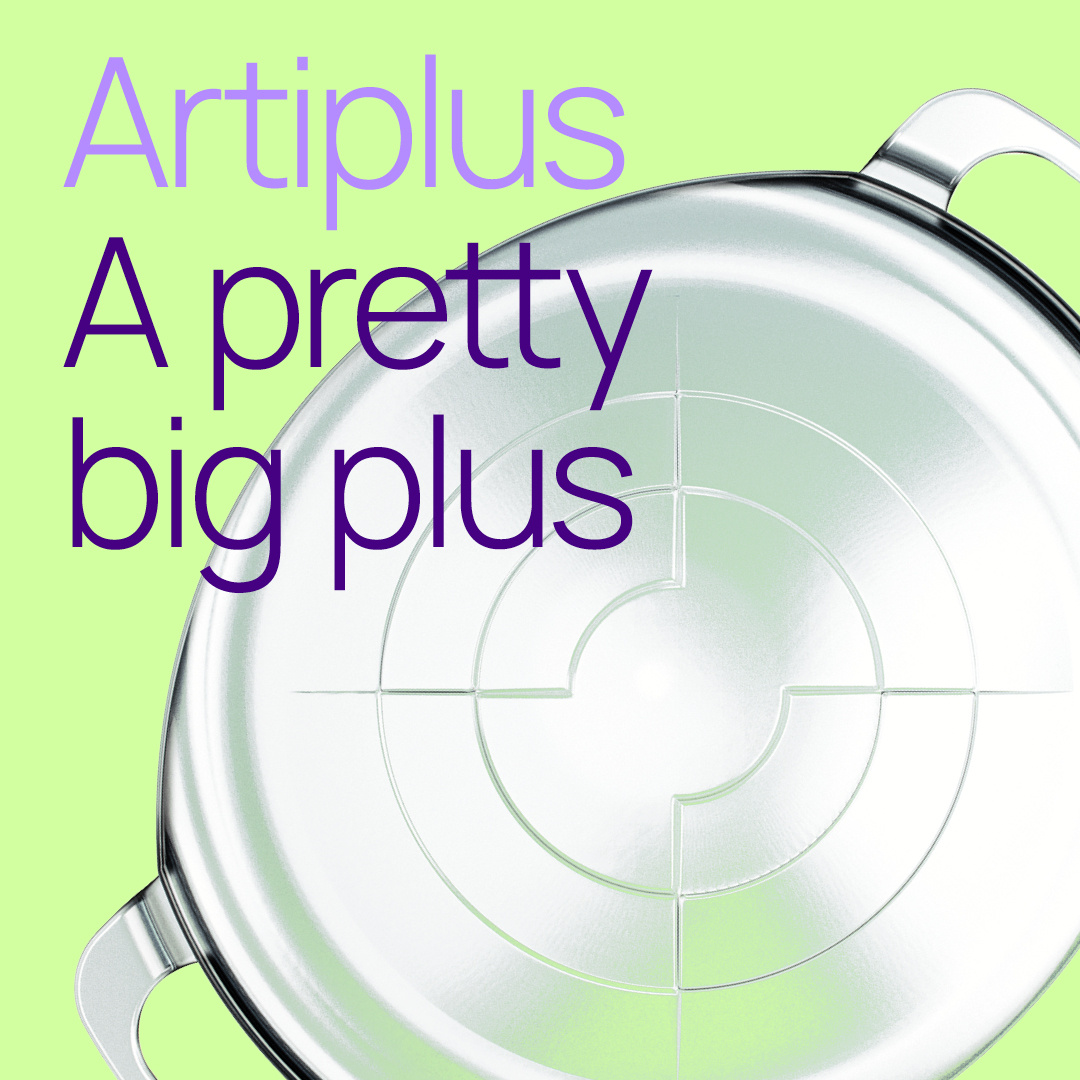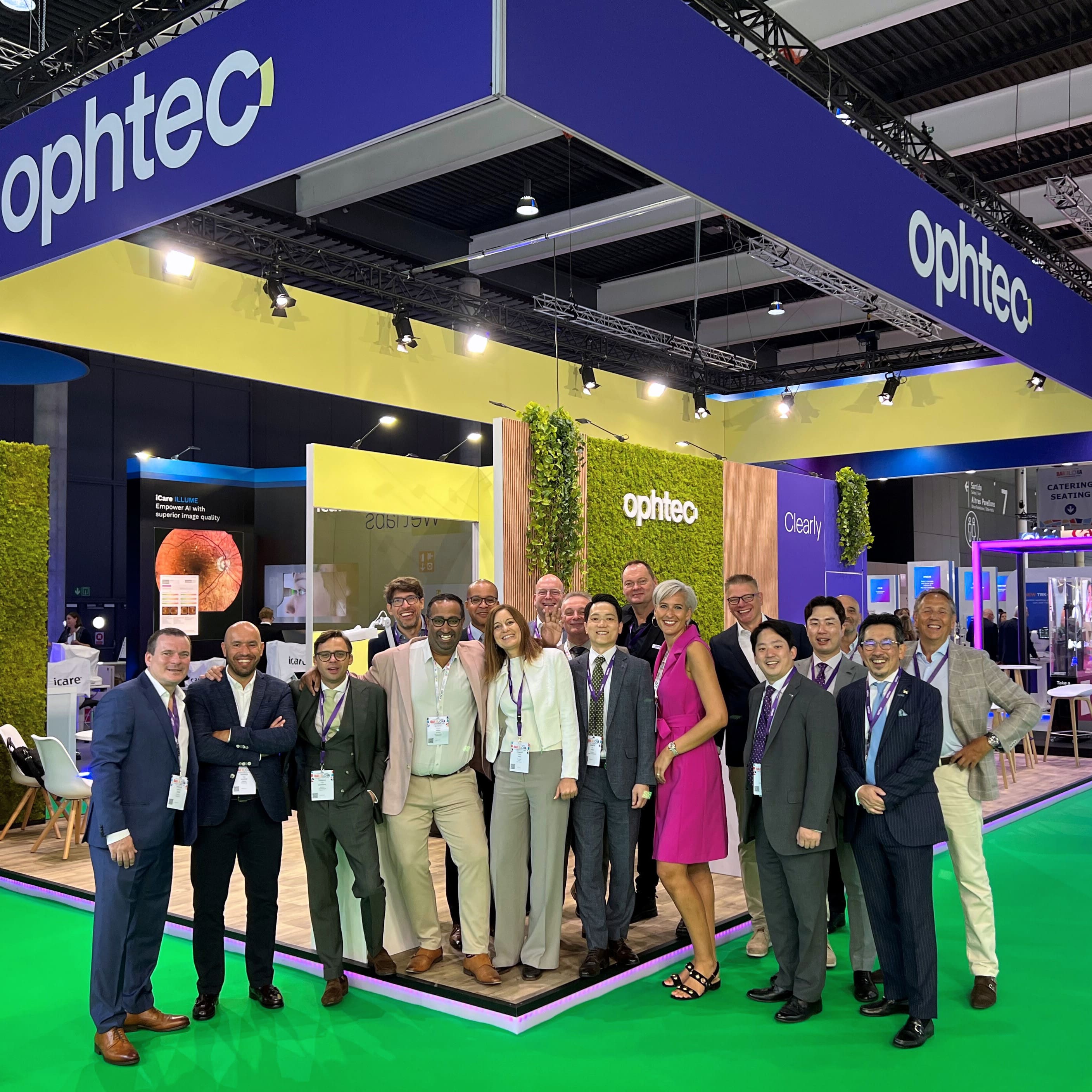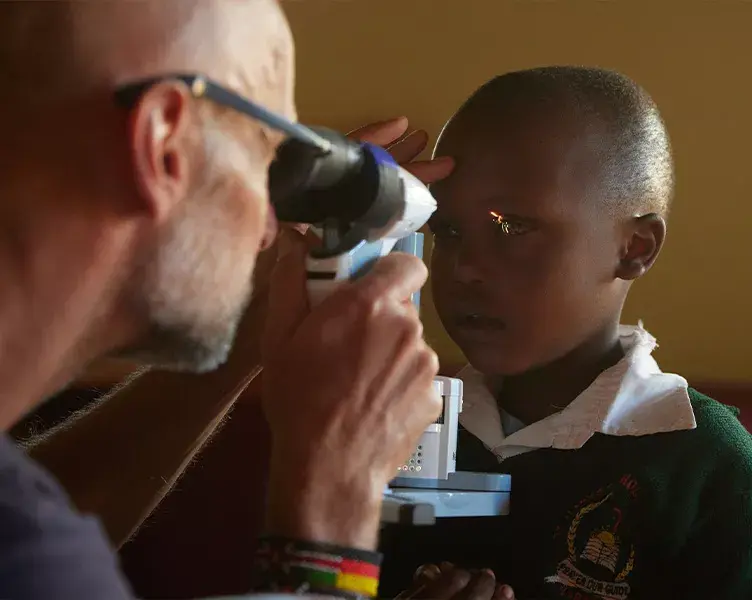Articles
With over 40 years of experience, we have a proven track record of providing best in class, proprietary products that meet the specific needs of ophthalmologists. Have a look!
A Glimpse of What’s to Come in Eye Health
At Ophtec, innovation is not just about technology. It’s about people. From the pioneering spirit...
Read moreCE Mark for Artiplus Toric and Precizon Go Toric marks a new chapter in Ophtec’s portfolio
Groningen, Netherlands, August 2025 – Ophtec announces CE Mark approval for two toric intraocular...
Read moreOphtec Germany supports a relief project with Artisan Aphakia lenses
Ophtec regularly engages in relief projects by supporting ophthalmic surgeons during humanitarian...
Read moreProduct development at Ophtec is an ongoing process
“As a company, you simply have to keep developing to have a future. Especially where your own speciality is concerned.” Development Leader Paolo Soleri enjoys working on new products, particularly if Ophtec can set itself apart with these products. “Other market parties produce lenses that are placed behind the iris; we make lenses that are placed in front of the iris. Our ‘iris-fixated lens’ concept is one of our key products. Even after 35 years it still offers original solutions for the replacement of glasses and cataract surgery.”
Read moreSustainable Ophthalmology: Together We Can Make a Difference!
Dr. Sjoerd Elferink, ophthalmologist at Flevoziekenhuis in Almere, is a passionate advocate for...
Read morePrecizon Go: from an optometrist's perspective
Nicole Stein, a freelance optometrist from Berlin, is a firm believer in the new Precizon Go IOL....
Read moreArtiplus: Meeting Expectations, Exceeding Results
At Ophtec, we are at the forefront of innovation. In this article, we delve into the groundbreaking...
Read moreOph the Record edition 2024
Welcome to the newest edition of Ophtec's company magazine. As we continue to prioritize innovation...
Read moreOphtec receives CE Mark for Artiplus IOL; a new solution for young Presbyopes
Groningen, Netherlands, November 18, 2024 – Ophtec, a leading innovator in ophthalmic technology,...
Read moreRecap ESCRS 2024 Barcelona
The ESCRS 2024 took place from September 6-10 in the Fira Barcelona Gran Via, in Barcelona. Ophtec...
Read moreCharity Run – we run together in aid of the Hakuna Matata Foundation
At Ophtec we have known Dr. Christof Knebel for several years. Together with his wife Ute Simon, he...
Read more
%20magazine/2024/Blog%20-%20R%26D%20Tim_800x800.jpg)
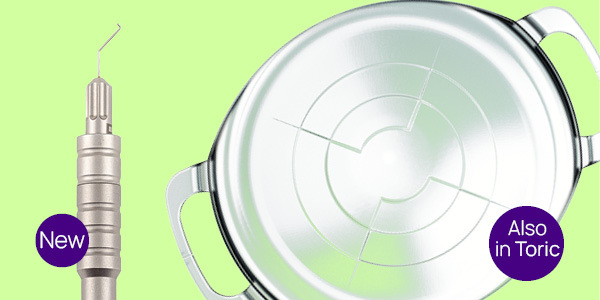
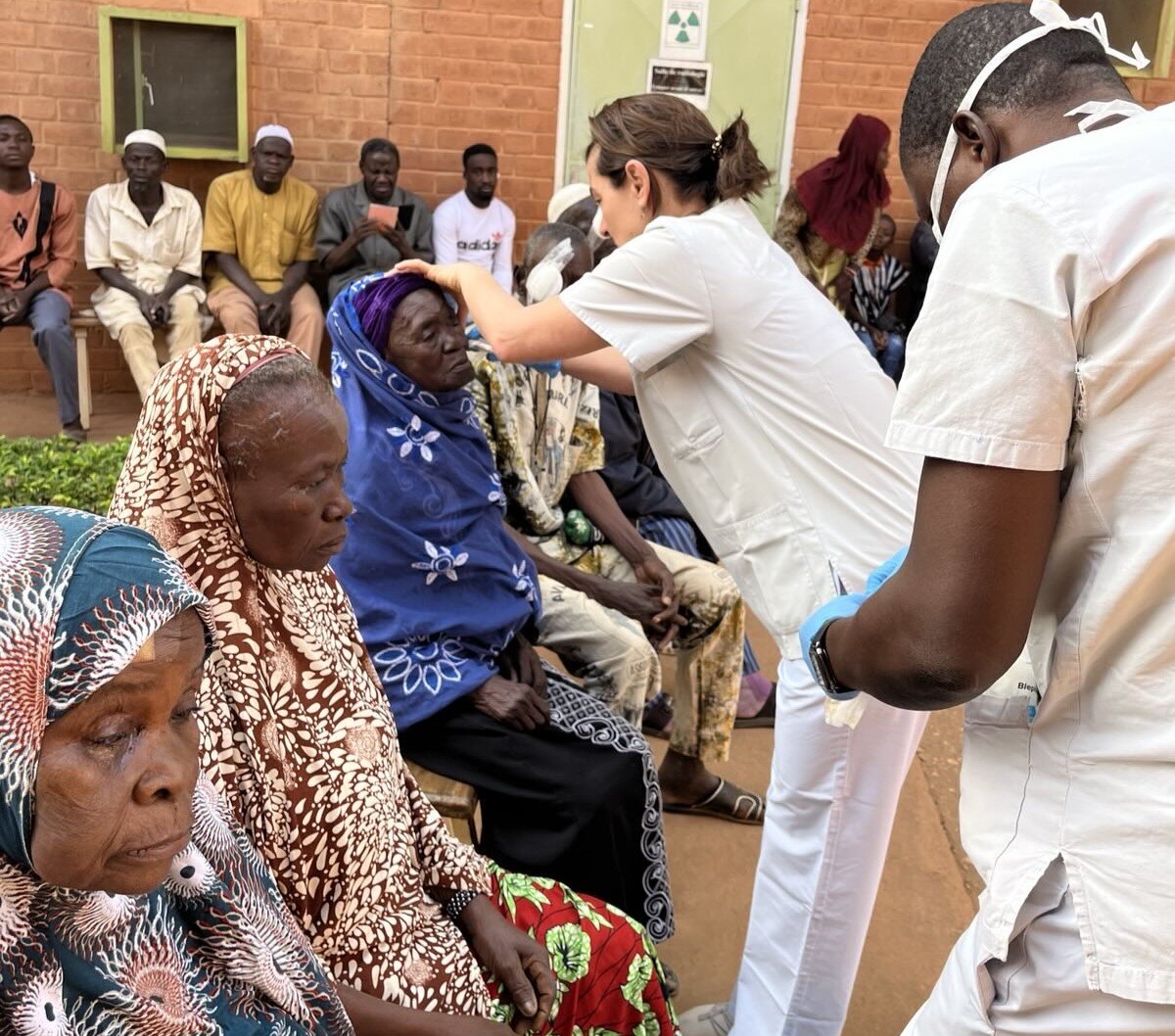
%20magazine/2024/OTR%202024%20-%20Sjoerd%20blog_header_800x450.jpg)
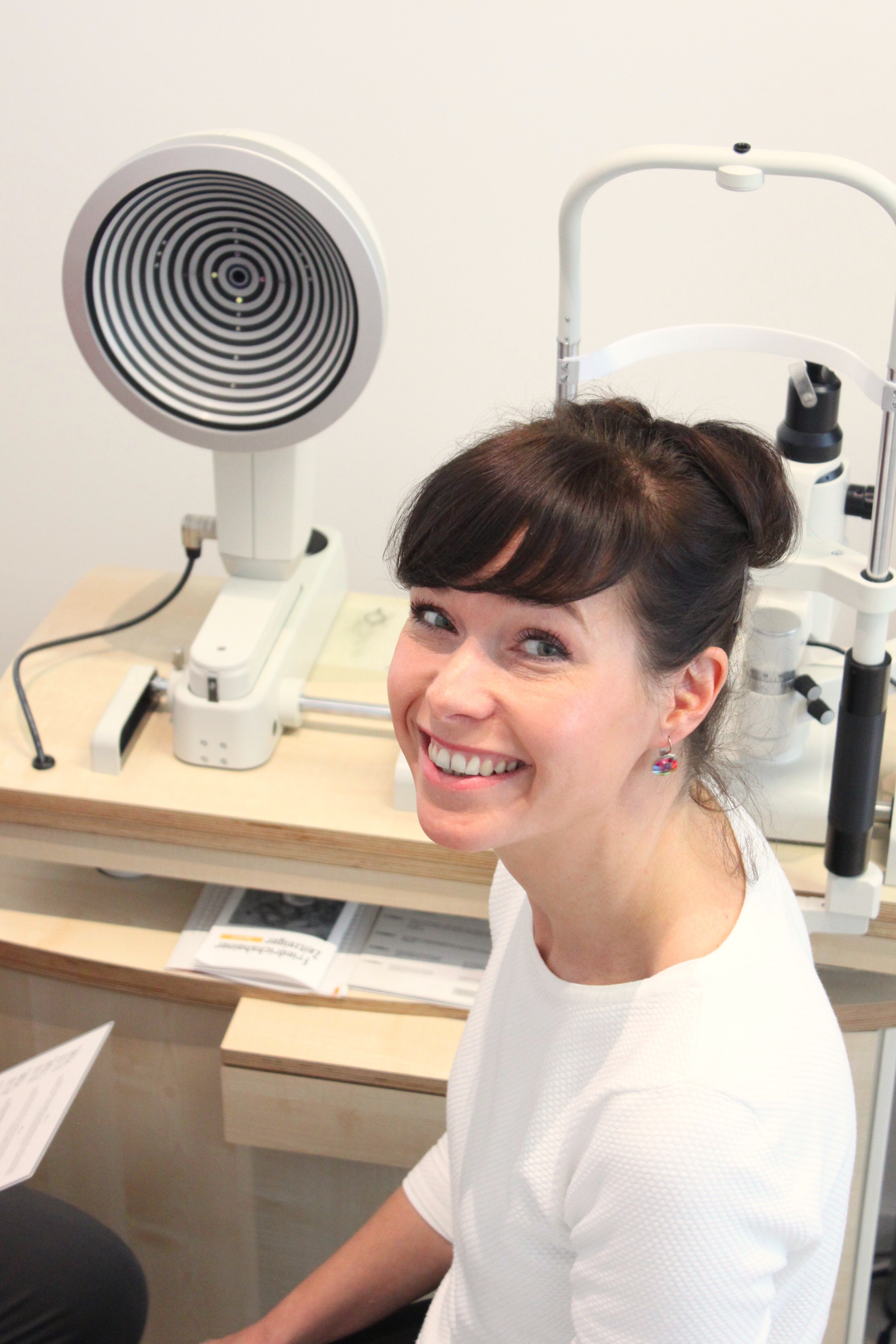
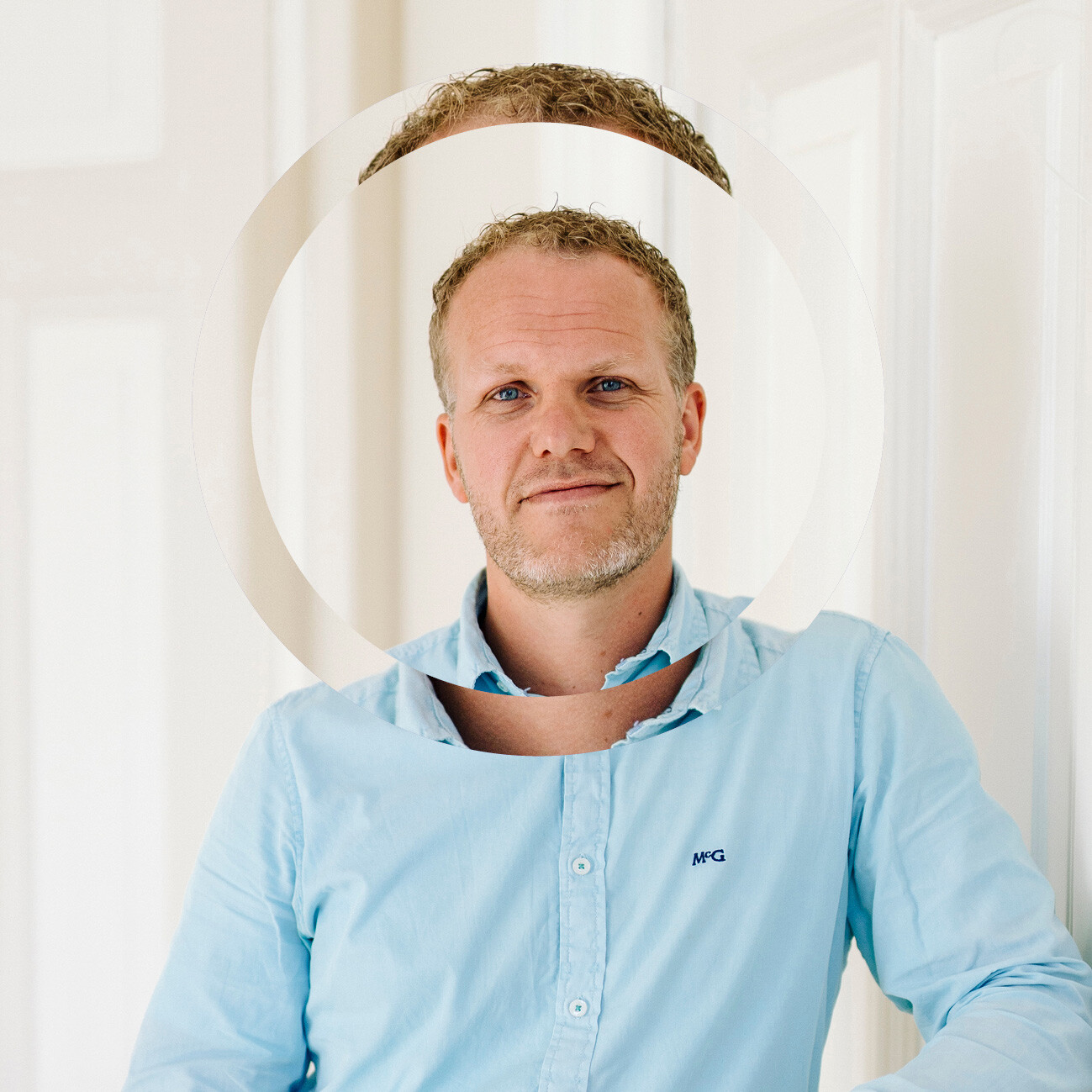
%20magazine/2024/OphTheRecord2024_2580x2580.jpg)
